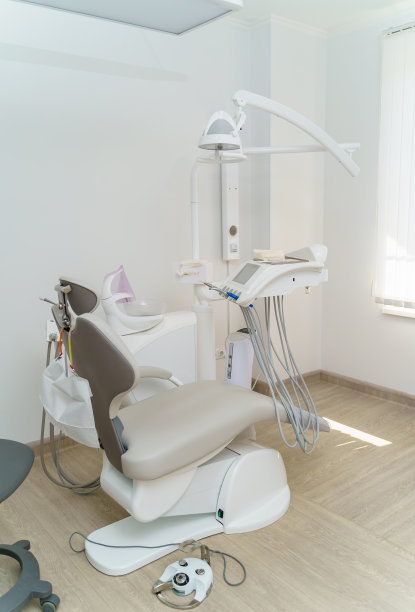Essential Guidelines to Ensure Safe and Effective Root Canal Treatment for Optimal Patient Outcomes and Comfort
Summary: Root canal treatment is a pivotal dental procedure designed to alleviate pain and save infected teeth. However, ensuring its success involves adhering to essential guidelines that contribute to both safety and effectiveness. This article discusses four critical aspects: proper diagnosis and treatment planning, adherence to infection control protocols, utilization of advanced technology, and patient communication and comfort. Each aspect plays a vital role in achieving optimal patient outcomes and enhancing comfort during and after the procedure. By focusing on these guidelines, dental practitioners can improve the overall experience for their patients, resulting in more successful root canal treatments.
1. Proper Diagnosis and Treatment Planning

The foundation of effective root canal treatment lies in accurate diagnosis. Dentists must conduct a thorough examination, which includes clinical assessments and diagnostic imaging such as X-rays. Understanding the extent of infection or damage to the tooth is crucial for tailored treatment strategies. Failure to address these aspects can lead to inappropriate treatment choices and complications.
Once a clear diagnosis is established, meticulous treatment planning follows. This involves determining the number of canals, the required materials, and potential challenges that may be encountered. A comprehensive treatment plan not only enhances procedural accuracy but also prepares the dentist for potential contingencies, thus improving patient outcomes.
Regular case reviews and consultations with specialists can also augment diagnosis and planning. Collaboration with endodontists or dental radiologists can provide additional insights and streamline treatment protocols, ensuring that all patient needs are met comprehensively.
2. Adherence to Infection Control Protocols
Infection control is paramount during root canal treatments. Practitioners must adhere to strict aseptic techniques to minimize the risk of contamination and post-treatment infections. This includes using sterile instruments, gloves, masks, and maintaining a clean working environment throughout the procedure.
Additionally, implementing pre-treatment aseptic measures, such as rinsing the patient’s mouth with an antimicrobial solution, can significantly reduce the microbial burden. This proactive approach minimizes the risk of infection from both external contaminants and the oral cavity itself.
Post-treatment care should also be an integral part of infection control protocols. Patients must be informed about the importance of following up on any adverse symptoms and the necessity of maintaining good oral hygiene to prevent reinfection. These practices not only promote healing but also enhance patient reassurance and satisfaction with the care received.
3. Utilization of Advanced Technology
Modern root canal procedures greatly benefit from advancements in dental technology. Utilizing digital imaging techniques, such as cone-beam computed tomography (CBCT), enables practitioners to visualize complex root canal systems in three dimensions. This superior imaging allows for more accurate diagnoses and treatment plans, ultimately leading to better patient outcomes.
Moreover, the adoption of rotary endodontic instruments enhances the efficiency of canal cleaning and shaping. These instruments are designed to streamline the procedure, reducing the time needed and minimizing the physical effort required from the dentist while ensuring precision in treating intricate canal configurations.
Furthermore, the incorporation of apex locators and intraoral cameras can enhance the accuracy of root canal treatments. These devices help in ensuring that the canal is fully cleaned and shaped correctly, contributing significantly to the overall success of the procedure.
4. Patient Communication and Comfort
Effective patient communication is paramount in enhancing comfort and satisfaction. Dentists should thoroughly explain the root canal procedure, potential risks, and expected outcomes. By addressing any concerns or misconceptions, practitioners can alleviate patient anxiety, fostering a trusting environment.
Additionally, offering options for pain management and sedation can significantly enhance the patients comfort during the procedure. Understanding the patients pain threshold and preferences can aid dentists in customizing their approach to pain relief, making the entire experience more tolerable.
Post-treatment follow-ups should also be part of the patient care process. Keeping in touch with patients after the procedure allows practitioners to monitor recovery and address any emerging concerns promptly, reinforcing the notion that their well-being is a top priority.
Summary:
Following essential guidelines for safe and effective root canal treatment is crucial for achieving optimal patient outcomes. Emphasizing accurate diagnosis, strict infection control, advanced technology, and outstanding patient communication not only ensures the success of these procedures but also significantly enhances patient comfort and overall satisfaction.
This article is compiled by Vickong Dental and the content is for reference only.



